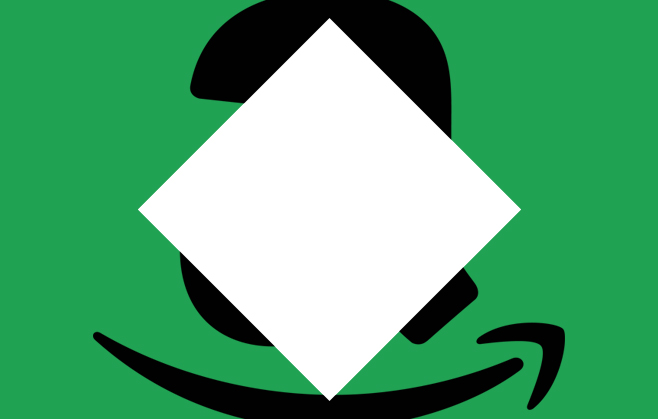
Amazon Video Direct: Competition for YouTube?
In a recent blog post, we touched on Amazon’s new video service, and how it might offer competition for YouTube. So how does the service work, and could it pose a threat to the world’s biggest video sharing platform?
Earlier this month in a surprise announcement, Amazon unveiled their new feature, Video Direct, which enables video creators to upload their videos, and profit from royalties gained based on the number of hours streamed. Currently, the company announced that royalties will be to the tune of 15 cents per hour if streamed in the US, and 6 cents in other areas, with a cap of $75,000 per year. Videos are available for viewing by Amazon’s Prime customers, of which there are around 54 million in the US alone, and can be watched on a number of devices, including Fire TV and Smart TVs. Creators will be able to monetise from this reach, not only by streaming hours, but also gain a revenue share for rentals, purchases, monthly subscriptions, ad impressions, (and any combination of these), should they so choose. Creators will also be able to decide the countries in which they want their videos to be viewed, with Amazon Video currently available in the US, UK, Japan, Germany and Austria. And like on YouTube, a number of performance metrics will be available, including the number of minutes streamed, subscriber count and revenue, with users also able to optimise their content. As an extra incentive, Amazon also announced that they will distribute a share of $1 million per month to the Top 100 titles based on total global customer engagement.
We can see this service quickly gaining popularity, as around 13% of Prime customers already subscribe to the company’s Prime Video feature- a streaming service similar to Netflix, which houses Amazon’s original content as well as current TV shows and films. Subscribing to Video Direct will enable access to further content, and perhaps draw a greater user base as a result. And so far, a number of well-known channels and networks have already signed up, with these including Machinima, The Guardian, Mashable, Conde Nast Entertainment, Business Insider, and HowStuffWorks. With a selection of high-profile networks already partnering with the service, it’s clear that Video Direct is set to be a large scale operation, with amateur content less of a feature.
But can the service compete with the likes of YouTube? While YouTube is free for all, Video Direct will of course be part of Prime customers’ paid packages, meaning accessibility will be more limited. In this, Video Direct is a potential competitor for YouTube Red, which is the company’s own ad-free subscription service, charging subscribers $10 per month. But if Video Direct wants to compete with YouTube, it will have to lure some of the company’s big stars away from the site, or at least encourage them to use the service as an additional platform. While Amazon has of course already targeted large networks, many of the top content creators on YouTube are individuals, with the likes of Sweden’s PewDiePie, (who has over 44 million subscribers), and Jenna Marbles, (with 16 million subscribers), more popular than their current partners. Out of Amazon’s current partner list, only gaming network Machinima is so far the potentially most lucrative channel, currently having 12 million YouTube subscribers. However, it’s not just a powerful list of partners that will help Amazon succeed, with monetary incentives, and a proven success rate for video content, the company might soon be able to compete with the likes of Vimeo, Vine, or even TED as well.
What do you think about Amazon’s new feature? Will you be using the service to watch new video content? We’d love to hear your thoughts as always, so please tweet to us @PracticeDigital and share your comments on our Facebook page.




